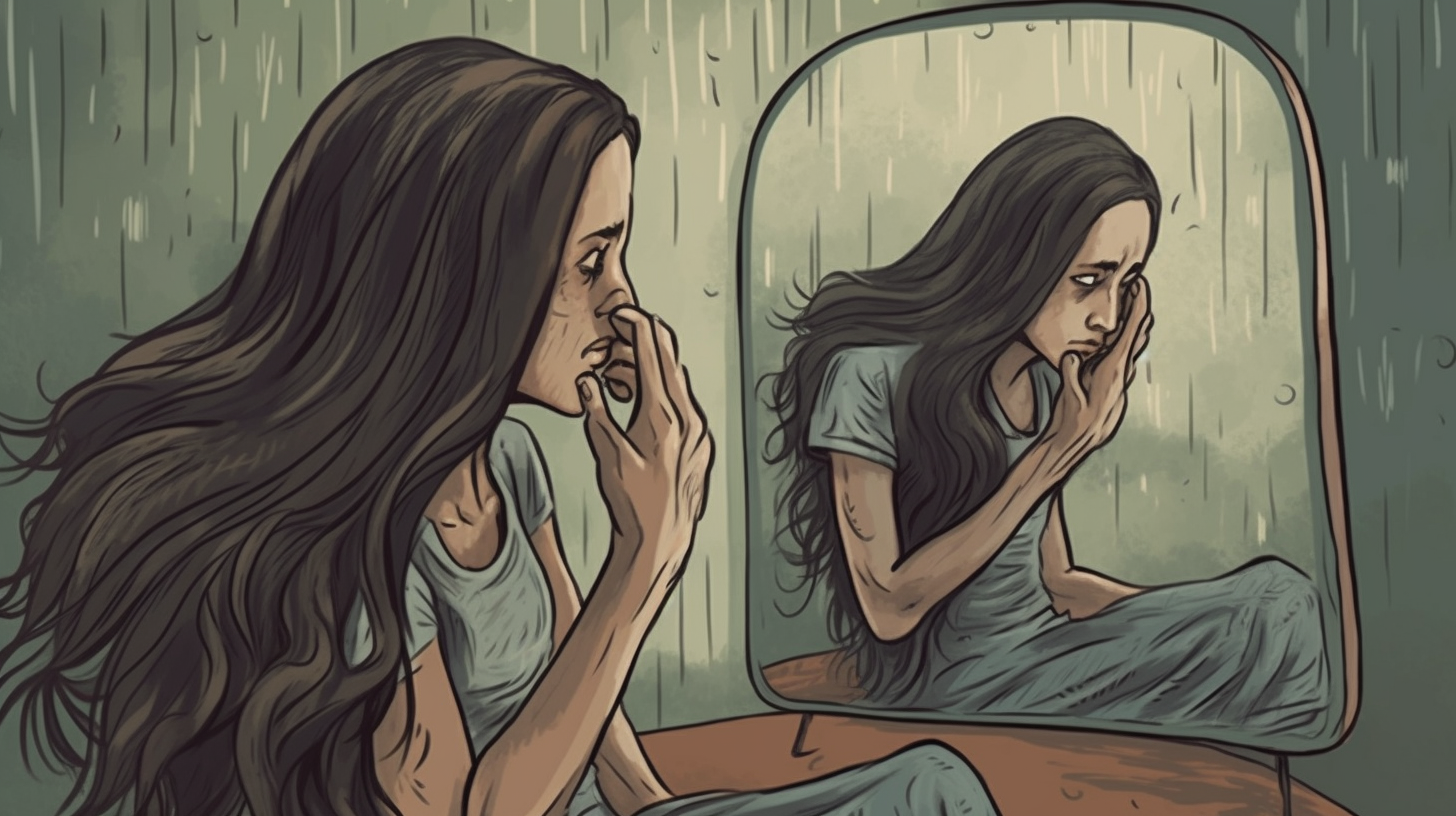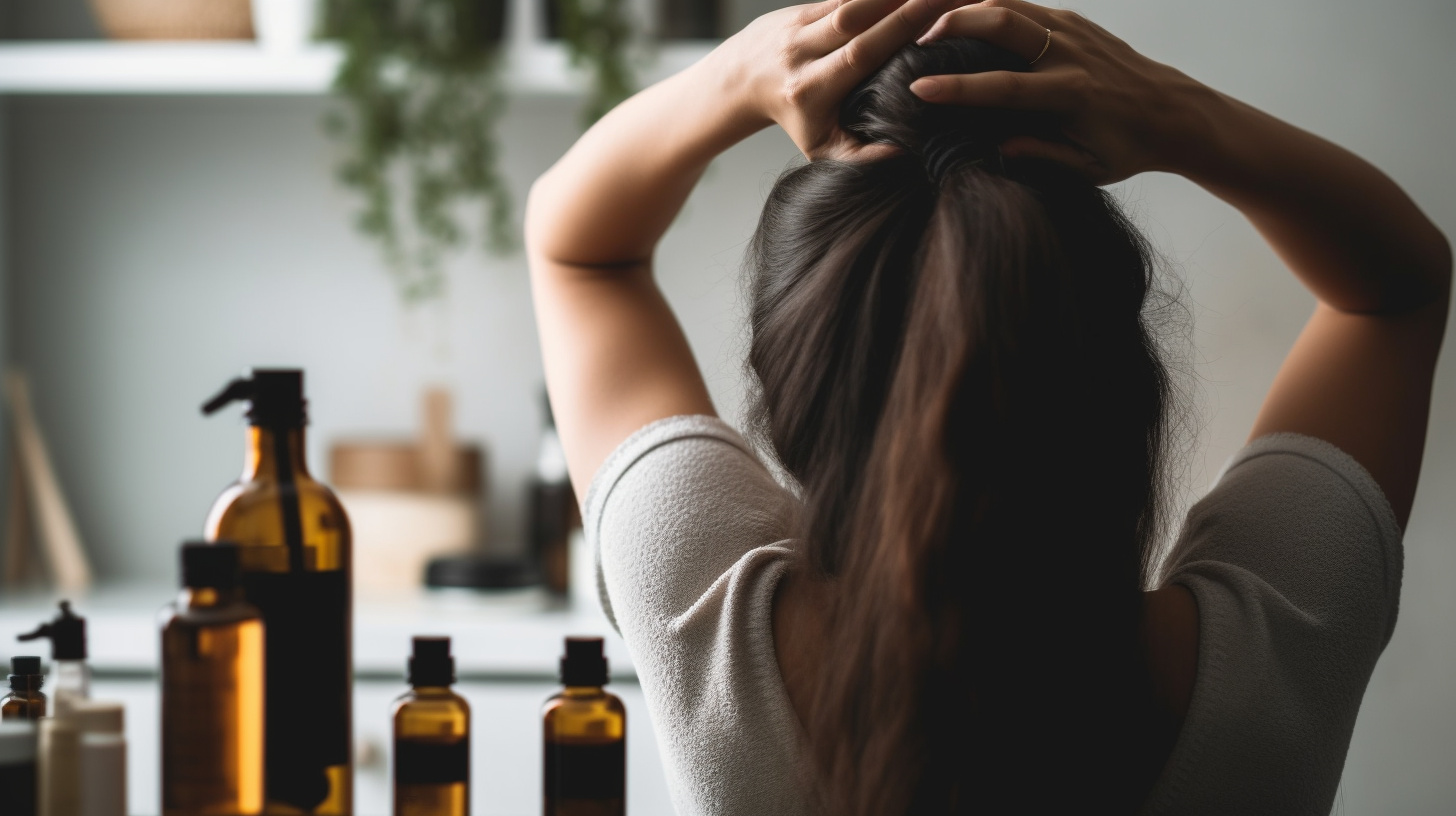Protective Hairstyles for Natural Hair: A Comprehensive Guide for Healthy Locks
Natural hair is beautiful, versatile, and unique. However, it can also be fragile and prone to damage if not properly cared for. One way to protect your natural hair from breakage and promote healthy growth is by wearing protective hairstyles. Protective hairstyles are styles that keep the ends of your hair tucked away, reducing the amount of manipulation needed to maintain it daily. In this comprehensive guide, we will explore everything you need to know about protective hairstyles for natural hair.
Benefits of Protective Hairstyles for Natural Hair
Protective hairstyles are not just a fashion statement; they have numerous benefits for natural hair. Here are some of the benefits:
- Reduced Breakage: Protective hairstyles help to reduce breakage by keeping the ends of your hair tucked away and reducing manipulation.
- Retain Length: By reducing breakage, protective styles help to retain length in natural hair.
- Low Maintenance: Once installed, protective styles require minimal maintenance, making them a convenient option for those with busy lifestyles.
- Versatile: There are various protective styles suitable for different occasions and personal preferences, giving you a range of options to choose from.
- Healthy Scalp: Protective styles promote a healthy scalp by allowing it to breathe and reducing product buildup that can clog pores.
Challenges of Protective Hairstyles for Natural Hair
While protective hairstyles have several benefits, they also come with some challenges. Here are some of the common challenges:
- Tightness: Some protective styles can be too tight, leading to discomfort or even headaches. It is essential to communicate with your stylist about the level of tension you can handle.
- Dryness: Some protective styles can cause dryness, especially if they are left in for an extended period. It is essential to moisturize your hair regularly and use a satin or silk scarf or bonnet to protect your hair while sleeping.
- Cost: Some protective styles can be expensive, depending on the type of hair extensions used and the stylist’s rates. It is essential to consider your budget before deciding on a protective style.
- Installation Time: Some protective styles require several hours to install, which can be time-consuming. It is essential to plan accordingly and set aside enough time for installation.
Types of Protective Hairstyles for Natural Hair
There are various types of protective hairstyles suitable for natural hair. Here are some of the most popular ones:
Braids
Braids are a classic protective style that involves weaving three strands of hair together. There are different types of braids, including box braids, cornrows, and micro braids. Braids can be styled in various ways, such as updos or ponytails.
Twists
Twists are similar to braids but involve only two strands of hair instead of three. There are different types of twists, including two-strand twists, Havana twists, and Marley twists. Twists can also be styled in various ways.
Weaves
Weaves involve attaching hair extensions to your natural hair using a needle and thread or bonding glue. Weaves come in different textures and lengths and can be styled in various ways.
Crochet Braids
Crochet braids involve attaching pre-braided or pre-twisted extensions to your natural hair using a crochet hook. Crochet braids come in different textures and lengths and can be styled in various ways.
Faux Locs
Faux locs involve attaching synthetic hair to your natural hair using a wrapping method or crochet hook. Faux locs come in different lengths and sizes and can be styled in various ways.
Flat Twists
Flat twists involve weaving two strands of hair together along the scalp in a flat pattern. Flat twists can be styled in various ways, such as updos or ponytails.
Bantu Knots
Bantu knots involve twisting small sections of hair into knots and securing them with pins or rubber bands. Bantu knots can be styled in various ways, such as updos or twist-outs.
Updos and Ponytails
Updos and ponytails are protective styles that involve gathering your hair into a bun or ponytail. Updos and ponytails can be styled in various ways, such as adding braids or twists.
Wigs and Hair Extensions
Wigs and hair extensions are protective styles that involve wearing a wig or attaching hair extensions to your natural hair. Wigs and hair extensions come in different textures, lengths, and colors and can be styled in various ways.
Tips for Maintaining Protective Hairstyles for Natural Hair
Maintaining protective hairstyles is essential to ensure that they remain effective at protecting your natural hair. Here are some tips for maintaining protective hairstyles:
- Moisturize: It is essential to moisturize your natural hair regularly, even when it is in a protective style. Use a water-based moisturizer followed by an oil or butter to seal in moisture.
- Cleanse: It is essential to cleanse your scalp regularly to remove product buildup and prevent clogged pores. Use a clarifying shampoo or apple cider vinegar rinse to cleanse your scalp.
- Protect: Protect your hair while sleeping by wearing a satin or silk scarf or bonnet. This will help to prevent friction and breakage caused by cotton pillowcases.
- Avoid Heat: Avoid using heat on your natural hair while it is in a protective style. Heat can cause damage and breakage, especially if the style involves synthetic hair extensions.
- Take Breaks: It is essential to take breaks between protective styles to allow your natural hair to breathe and recover from any damage or stress caused by the style.
Conclusion
Protective hairstyles are an excellent way to protect your natural hair from breakage, promote healthy growth, and reduce maintenance time. There are various types of protective hairstyles suitable for different occasions and personal preferences. However, it is essential to consider the challenges of protective hairstyles, such as tightness, dryness, cost, and installation time. Maintaining protective hairstyles is also crucial for their effectiveness at protecting your natural hair. By following the tips outlined in this guide, you can achieve healthy and beautiful natural hair with protective hairstyles.



